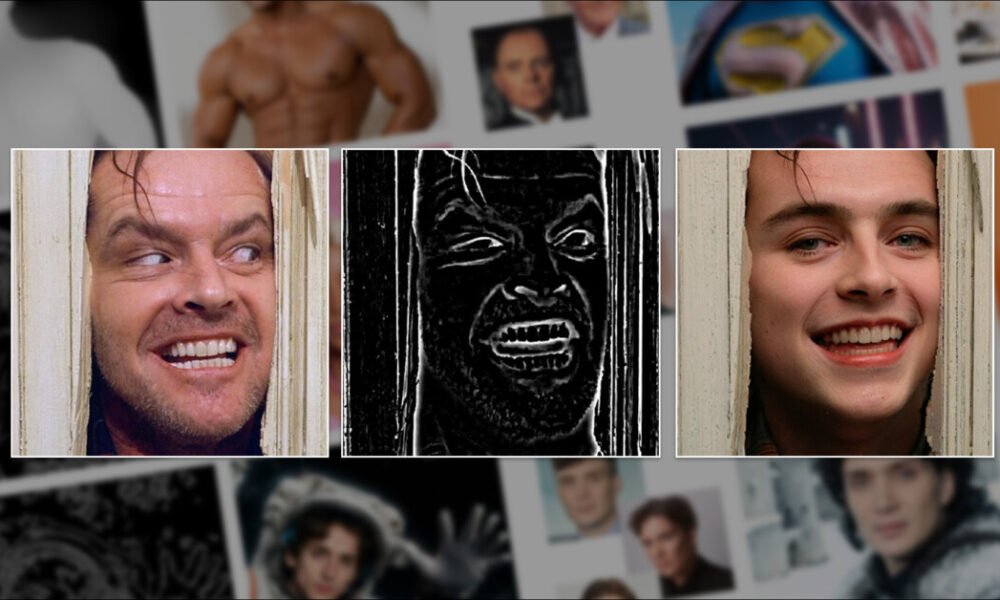Unlock the Power of Personalized Image and Video Creation with HyperLoRA
Revolutionizing Customization with HyperLoRA for Portrait Synthesis
Discover the Game-Changing HyperLoRA Method for Personalized Portrait Generation
In the fast-paced world of image and video synthesis, staying ahead of the curve is crucial. That’s why a new method called HyperLoRA is making waves in the industry.
The HyperLoRA system, developed by researchers at ByteDance, offers a unique approach to personalized portrait generation. By generating actual LoRA code on-the-fly, HyperLoRA sets itself apart from other zero-shot solutions on the market.
But what makes HyperLoRA so special? Let’s dive into the details.
Training a HyperLoRA model involves a meticulous three-stage process, each designed to preserve specific information in the learned weights. This targeted approach ensures that identity-relevant features are captured accurately while maintaining fast and stable convergence.
The system leverages advanced techniques such as CLIP Vision Transformer and InsightFace AntelopeV2 encoder to extract structural and identity-specific features from input images. These features are then passed through a perceiver resampler to generate personalized LoRA weights without fine-tuning the base model.
The results speak for themselves. In quantitative tests, HyperLoRA outperformed rival methods in both face fidelity and face ID similarity. The system’s ability to produce highly detailed and photorealistic images sets it apart from the competition.
But it’s not just about results; HyperLoRA offers a practical solution with potential for long-term usability. Despite its demanding training requirements, the system is capable of handling ad hoc customization out of the box.
The road to zero-shot customization may still be winding, but HyperLoRA is paving the way for a new era of personalized image and video creation. Stay ahead of the curve with this cutting-edge technology from ByteDance.
If you’re ready to take your customization game to the next level, HyperLoRA is the solution you’ve been waiting for. Explore the future of personalized portrait generation with this innovative system and unlock a world of possibilities for your creative projects.
-
What is zero-shot customization in generative AI?
Zero-shot customization in generative AI refers to the ability of a model to perform a specific task, such as generating text or images, without receiving any explicit training data or examples related to that specific task. -
How does zero-shot customization differ from traditional machine learning?
Traditional machine learning approaches require large amounts of labeled training data to train a model to perform a specific task. In contrast, zero-shot customization allows a model to generate outputs for new, unseen tasks without the need for additional training data. -
What are the challenges in achieving zero-shot customization in generative AI?
One of the main challenges in achieving zero-shot customization in generative AI is the ability of the model to generalize to new tasks and generate quality outputs without specific training data. Additionally, understanding how to fine-tune pre-trained models for new tasks while maintaining performance on existing tasks is a key challenge. -
How can researchers improve zero-shot customization in generative AI?
Researchers can improve zero-shot customization in generative AI by exploring novel architectures, training strategies, and data augmentation techniques. Additionally, developing methods for prompt engineering and transfer learning can improve the model’s ability to generalize to new tasks. - What are the potential applications of zero-shot customization in generative AI?
Zero-shot customization in generative AI has the potential to revolutionize content generation tasks, such as text generation, image synthesis, and music composition. It can also be applied in personalized recommendation systems, chatbots, and content creation tools to provide tailored experiences for users without the need for extensive training data.

